Last Updated on November 3, 2025 by Michelle
When I first started milling my own flour, I stopped using sourdough all together.
I’d been making sourdough bread for years and loved it. See my detailed recipe for making sourdough without discard here.
But making sourdough bread with fresh milled flour seemed impossible.
In fact, to this day I still often suggest that folks start with one or the other. Sourdough OR fresh milled flour. And I know that sounds discouraging, but the truth is that it’s actually less discouraging that way. Let me explain.
Making bread is a simple process. Making sourdough bread is a simple process. But both have a learning curve. Making bread with fresh milled flour is, again, a simple process but …
When you combine two processes with learning curves together, the curve just gets, well, curvier.
So in order to get better results, I highly encourage folks to master one or the other before they combine the two things. It’s just simpler and will result in less inedible loaves that your family coughs down. (Ask me what I know about those!) But if you’ve mastered one and you’re ready to combine the two, here are my best tips that I’ve learned over 5+ years of experiments.
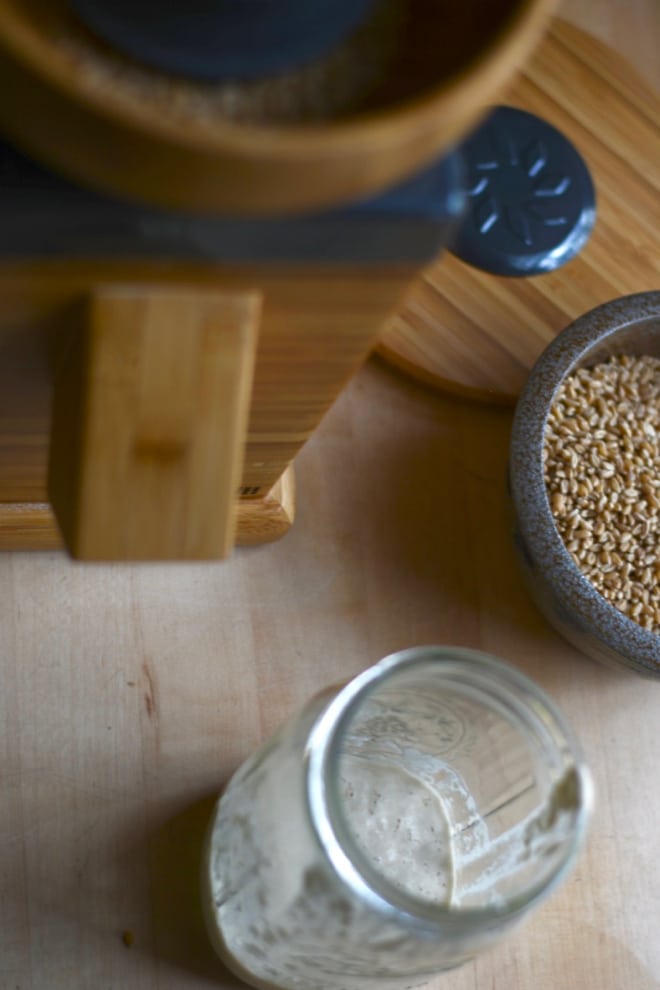
How to feed a sourdough starter fresh milled flour
When I first switched my sourdough starter over to fresh milled flour, I was overconfident. In fact, I was so confident that I quickly and rashly jumped from feeding my starter store flour straight into 100% fresh milled flour. I killed that starter.
After getting some starter from my daughter I tried again, but this time more slowly and gave my starter more time to acclimate to the fresh milled flour. Success. We were in fresh milled sourdough business, baby!
But only after learning a lot of tough lessons am I now (4-5 years later!) able to make yummy, fluffy sourdough bread with fresh milled flour.
If your starter isn’t happy with fresh milled flour right out of the gates, go slow and keep in mind that your starter is experiencing a whole new type of “food,” and might take some time to acclimate.
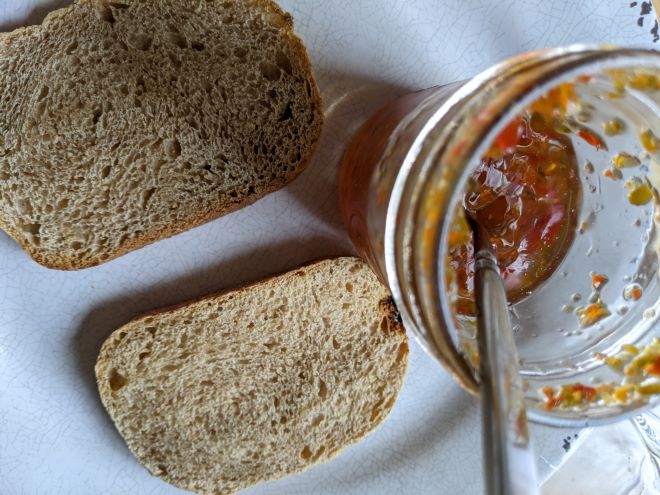
Tips for feeding your sourdough starter fresh milled flour
There’s nothing worse than excitedly feeding your sourdough starter with fresh milled flour, knowing it’s better, healthier, and more nutritious, only to have your starter… fall flat. Literally. These are some of the things I’ve learned and implemented with my fresh milled sourdough starter to keep it happy and active. Happy and active starter = better bread.
- Switch up what type of flour you’re feeding it. My starter had a rough time with hard white/hard red flour, but started thriving when I fed it exclusively Rye flour. Apparently this is because Rye somehow contains more yeast than other grains. Sourdough starters love Rye.
- Feed your starter more often. I find that my sourdough starter eats/rises faster than it did before I was using fresh milled flour to feed it. This leads to it scabbing over the top of the starter faster than ever, which means I need to keep it refreshed and fed more routinely than I had to with my store flour starter.
- Consider aging your flour. Some people argue that fresh milled flour, straight from the mill is too fresh and your starter doesn’t like it for that reason. If you’ve tried other things and your starter just. isn’t. happy, try milling your flour 1-2 weeks before feeding your starter with it and see if that makes a difference.
- Feed your sourdough starter at a really thick consistency. I know this feels counterintuitive since technically fresh milled flour absorbs a bit more water than store flour does, but try feeding your starter a bit thicker than you’re used to. I personally find my starter is only happy and doubling when it’s really pretty thick. Thinner starters simply don’t have the body they need to double.
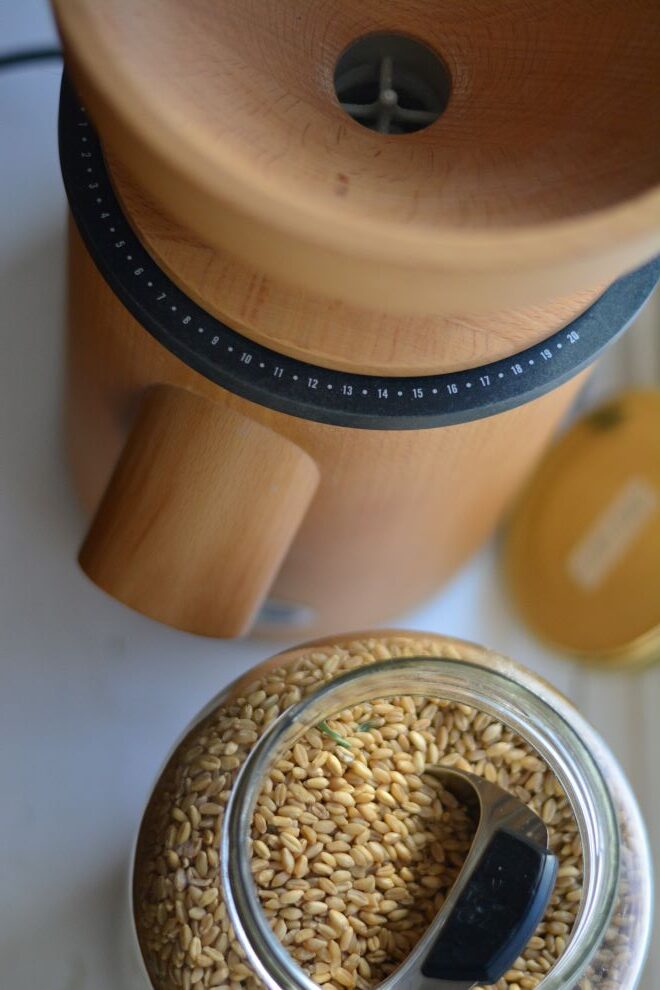
What wheat berries should I use for fresh milled sourdough?
If you’d like a rundown on all the wheat berries and their uses, read this post all about wheat berries.
In general, using either hard white or hard red wheat is recommended for sourdough bread. Like I stated above, though, I feed my starter strictly Rye flour and have seen huge improvement in my starter. Hard white and hard red both have the highest amount of gluten potential, so you’re most likely to make good bread with them.
Other grains like Kamut/Khorasan, Einorn, or Spelt can be used to make sourdough bread, but they have lower gluten available in them, so your bread might be more dense.
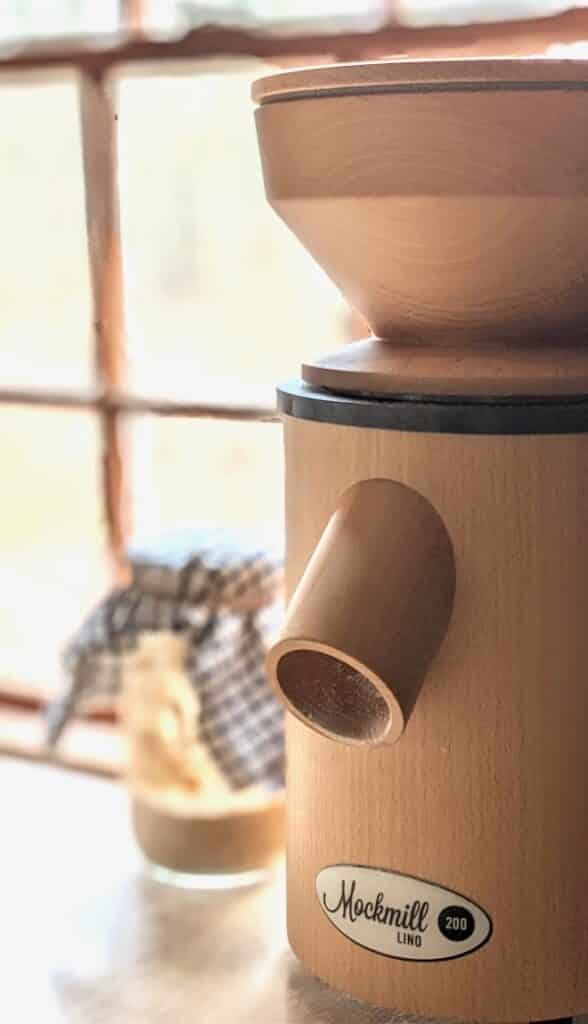
How to make sourdough with fresh milled flour
So you have your starter happy with fresh milled flour, you’re ready to bake bread, and you want to know all the tips and tricks to make sure your bread is not only edible but actually delightfully delicious. I’ve got you.
- Don’t be afraid to use dough enhancers in your sourdough. In my experience the sourdough community (and the fresh milled flour community, let’s be real!) tend to be very purist-minded. I’ve come across many people who have tried to shame me for using Vital Wheat Gluten or for using hard white instead of an ancient grain for the most health benefits. I simply don’t subscribe to that mentality. Use what you can and what you feel comfortable with to make the healthiest, yummiest bread that your family enjoys. That being said, adding enhancements to your sourdough dough (such as vital wheat gluten, sunflower lecithin, or extra fat or egg) can seriously improve your results.
- Don’t be afraid to actually knead your sourdough. Especially after 2020 with everyone acting as a sourdough expert, “no-knead” sourdough recipes became super popular. But sourdough, just like any bread, needs to develop gluten in order to have a good texture. You don’t *always* need to stretch and fold, coil fold, and any of that fancy jazz either. Just normal kneading can be for sourdough, too. Develop that gluten, baby.
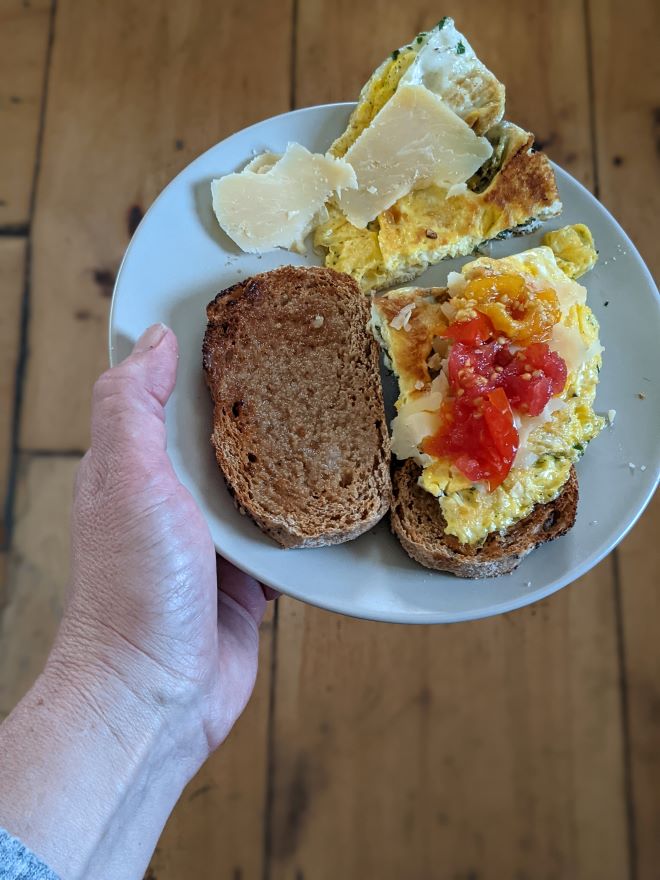
Should I sift fresh milled flour for sourdough bread?
While I’m not a huge supporter of sifting fresh milled flour (the bran that you sift out is where tons of nutrients are!), go ahead and sift your flour if it helps you achieve the results you’re looking for. Any version of fresh milled flour you can use is still a huge improvement over any flour you can buy at the store. A couple notes on sifting;
- Feel free to sift your flour, then add the bran back into the dough. Some people swear the act of aerating the flour helps aerate your bread. Sift on, sister!
- Try sifting your flour, cooking the bran in boiling water until it’s soft, straining it, and adding the soggy brain back into the dough. This helps soften the bran (which has sharp edges and tends to “cut” the gluten we’re so desperately trying to develop). This way you’re still getting nutrients from the bran, but hopefully experiencing the benefits of sifted flour (i.e. lighter and fluffier bread).
- If you can make bread you enjoy eating with sifted fresh milled flour, and can’t make bread you enjoy without sifting your flour, then–please–sift your flour! And feel good about it, too, because you’re making your family amazing bread.
Need a grain mill?
I recommend four different grain mills. I’ve used and love them all, but if you’re looking for more information on all of them, see my Guide to Choosing a Grain Mill.
Want to be an overnight Fresh Flour expert?
I poured every tip and detail I’ve learned about using fresh flour over the past decade into an extensive resource for you… the world’s most in-depth resource on milling and baking with fresh flour.
Use code SOULYRESTED to save $$ and dive into Fresh Flour University today!
More like Sourdough with Fresh Milled Flour:
- Why I started milling my own flour
- Wheat berries: everything you need to know
- Fluffy dinner rolls with fresh milled flour (recipe)
- Sourdough bread made with fresh milled flour

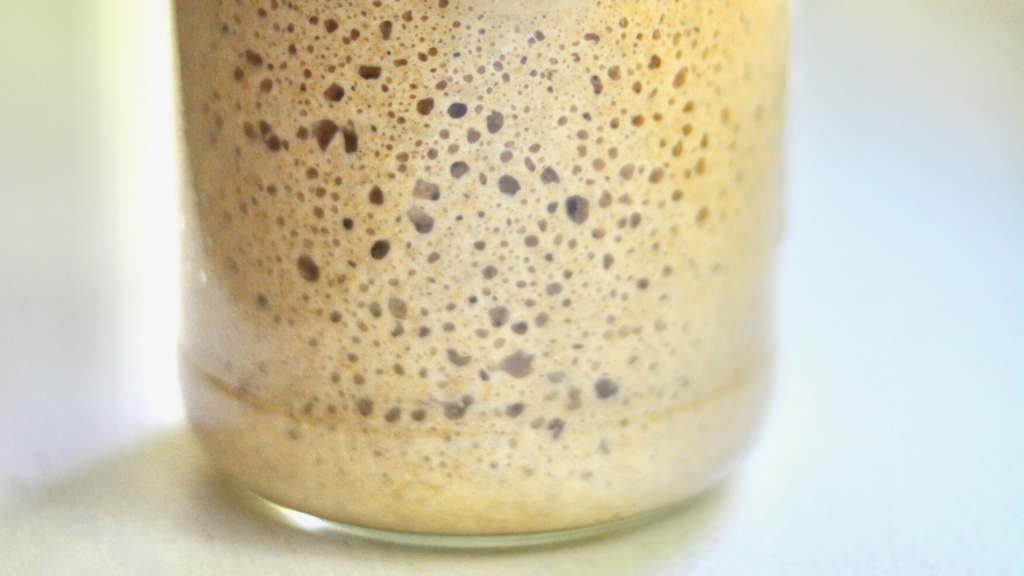


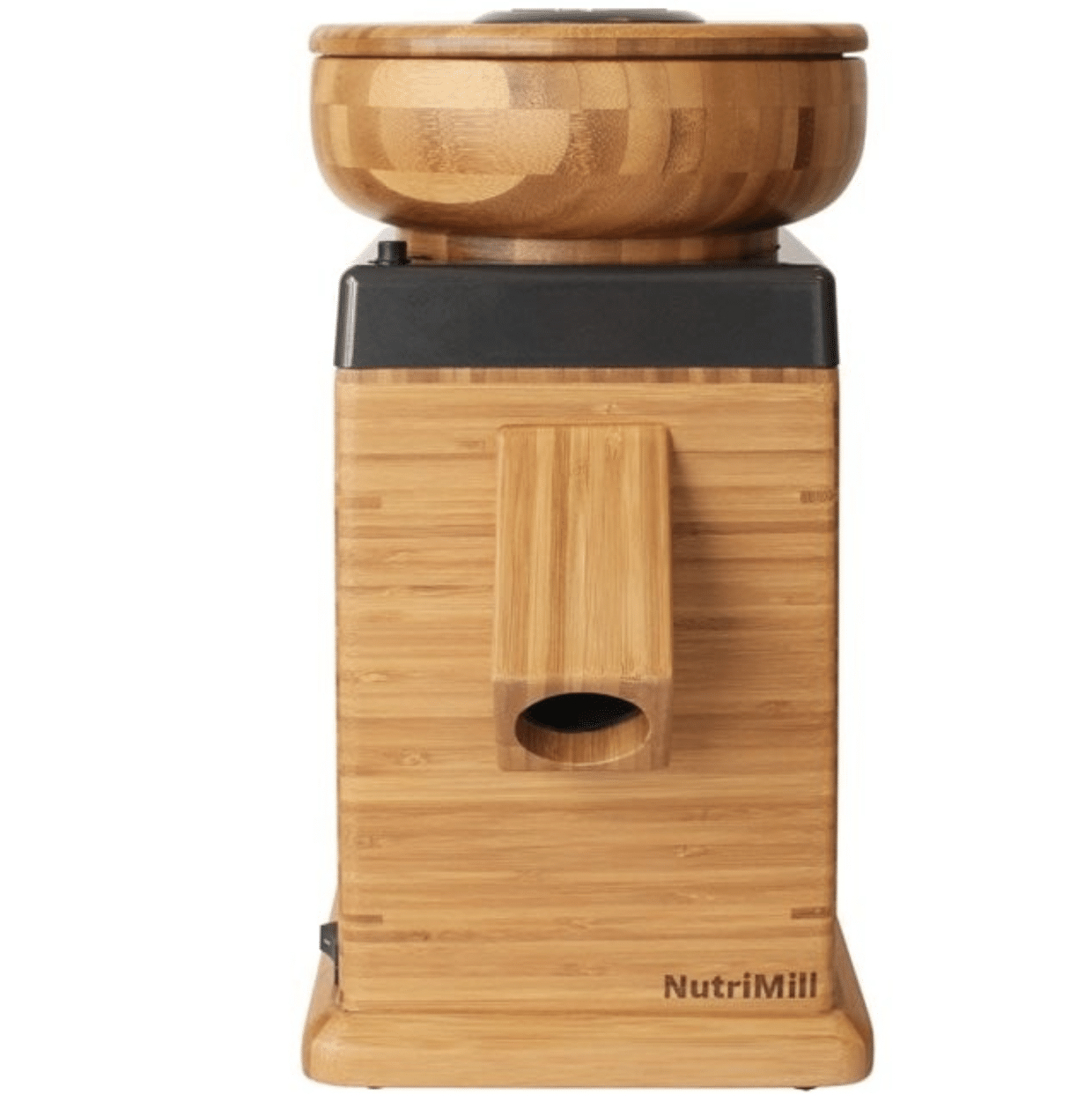
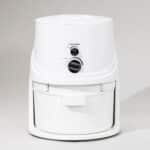
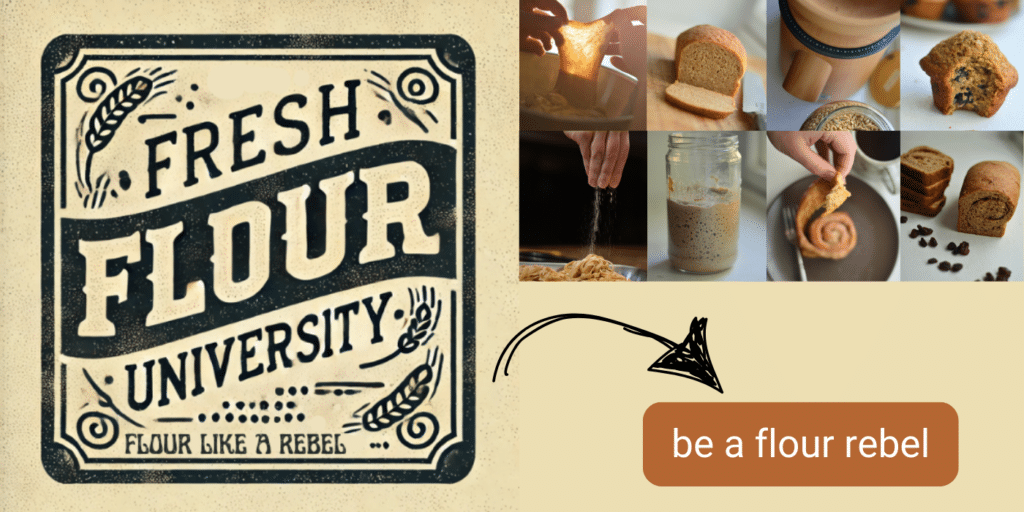
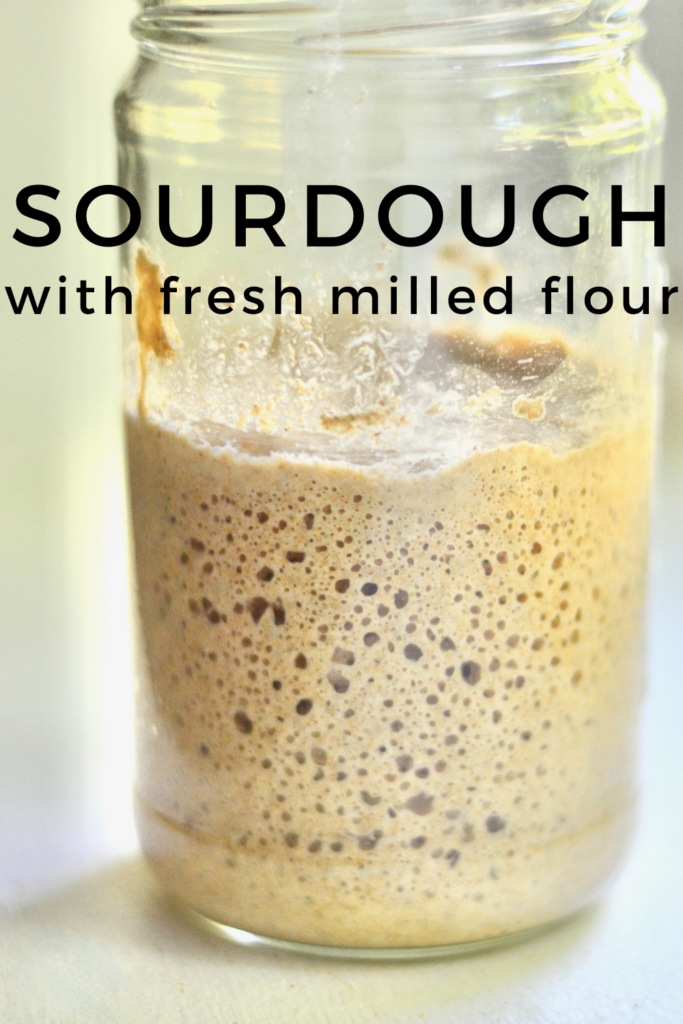
I’ve been wanting to start incorporating fresh-milled flours into my sourdough, but have been hesitant. Thank you for sharing these helpful tips!
Do you have a sourdough cookie recipe? I tried making a sourdough chocolate chip cookie recipe with fresh milled flour but it turned out SO flat. Even tho I used the soft white wheat berries that are apparently the best for pastries
We work through this difficulty and lots more in Fresh Flour University… I think you’d love it. But one tip I’ll give you is to add 1 tsp chickpea flour for every cup of fresh milled flour in cookies.
I really appreciate this post! I had a similar experience switching to freshly milled flour for my sourdough. I went months without success until I restarted my starter with freshly milled flour, it came to life and grew like crazy!! Woo hoo! It really likes Rye flour.
Just yesterday, I was also wondering about dough enhancers so I appreciate the update on that!
I’ve noticed my dough doesn’t rise much during the first rise but takes off after about 24 hours. I use my freshly milled flour while it’s still warm, like I do for yeast bread, and I’m wondering: could the warmth be slowing the process? Or do I just need to work the dough more to build the gluten? I like the idea of kneading it like regular bread too! Thank you!